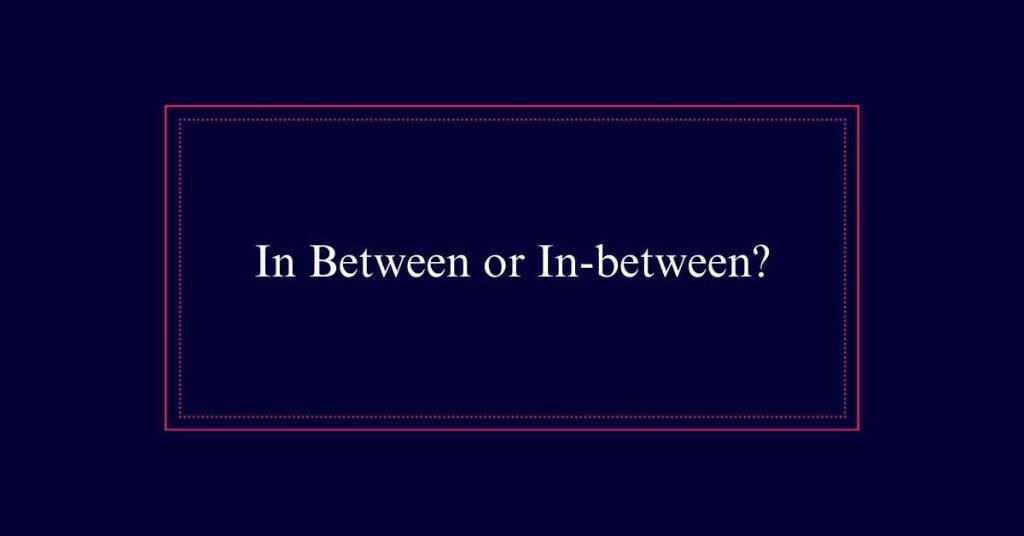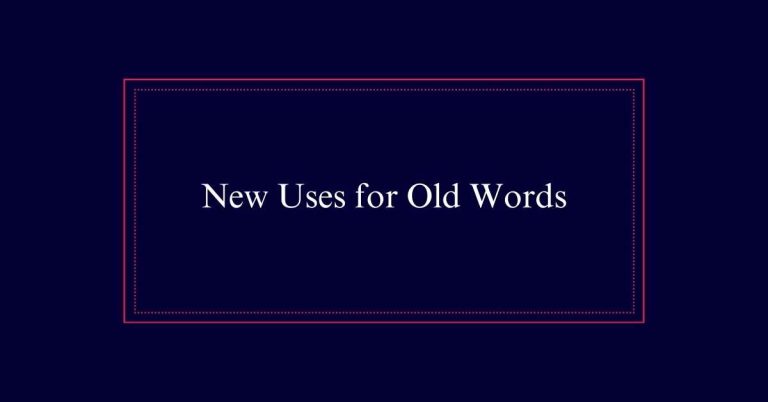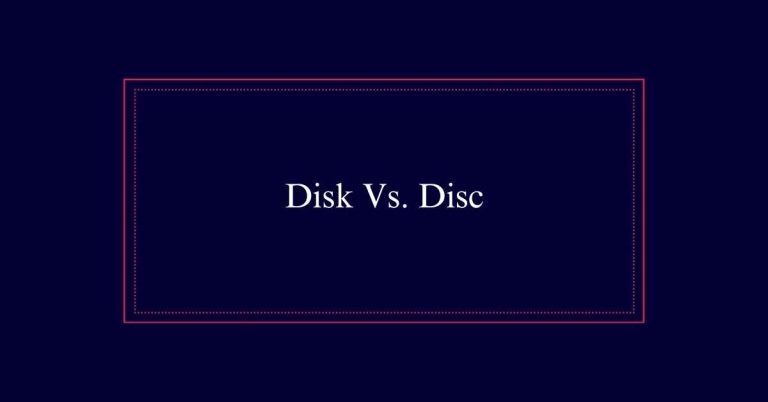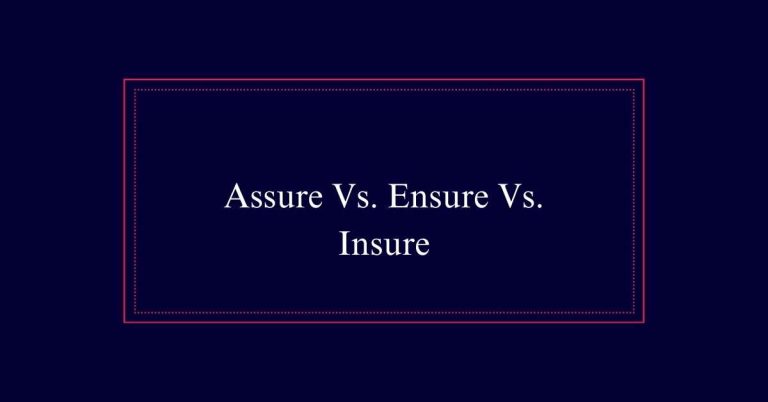In Between or In-between?
Choosing between ‘in between’ and ‘in-between’ depends on their roles in a sentence. Use ‘between’ as a preposition or adverb to indicate separation or connection, such as “The road lies between the mountains.” ‘In-between’ functions as an adjective describing an intermediate state, like “She is at an in-between stage in her career.”
Definition of Between
Between is a preposition used to indicate the space or time separating two points or objects. It is often the correct choice in writing when you need to express separation or connection.
For example, ‘The meeting is scheduled between 2 PM and 4 PM’ highlights a specific timeframe. Similarly, ‘The park is located between the library and the school’ shows spatial separation.
Between is never used as a single word with ‘in’; they are distinct in their functions. Additionally, between should not be confused with ‘in-between,’ which serves a different grammatical purpose.
Preposition or Adverb?
The distinction between prepositions and adverbs is essential for understanding the correct usage of between and in-between. As a preposition, ‘between’ is used to indicate the space separating two objects or entities, such as in the sentence, ‘The book is between the two shelves.’
When ‘between’ functions as an adverb, it follows verbs to describe an action occurring in the intermediate space, such as, ‘She moved between the tables.’
On the other hand, ‘in-between’ is an adverbial phrase often used idiomatically to denote an intermediate state or position, such as, ‘He felt stuck in-between decisions.’
Common Confusion
Many writers often grapple with the proper usage of ‘between’ and ‘in-between’. This confusion is largely due to their similar appearances but distinct functions.
‘Between’ is typically used as a preposition or adverb, indicating separation or space between objects. On the other hand, ‘in-between’ is a hyphenated adjective, specifying an intermediate state or position. Additionally, ‘in between’ can be used idiomatically as an adverbial phrase, which further complicates its usage.
Meaning of Between
Understanding the meaning of ‘between’ is fundamental to grasping its correct usage in writing. ‘Between’ is primarily used as a preposition or adverb to denote something in the space that separates two or more entities.
This could refer to physical space, time, or abstract concepts. For instance, ‘The book is between the two shelves’ or ‘The meeting will take place between 2 PM and 3 PM.’
It is essential to note that ‘between’ often implies distinct, separable elements, which can be two or more. Using ‘between’ accurately guarantees clarity and precision in writing, helping the reader understand the spatial, temporal, or relational context being described.
Phrasal Verbs With Between
Phrasal verbs often combine ‘in’ with ‘between’ to form expressions like ‘pull in between’ or ‘drop in between.’ These combinations create specific meanings that differ from the words used individually.
Here are some common phrasal verbs with ‘between’:
- Pull in between: To maneuver a vehicle into a space between objects.
- Drop in between: To place something in the space separating two items.
- Squeeze in between: To fit oneself into a tight space between objects or people.
- Jump in between: To intervene or insert oneself in the middle of an ongoing situation.
Hyphenated In-between
In-between, when used as an adjective, should always be hyphenated to signify an intermediate stage or position. This hyphenation enhances readability and avoids confusion. For example, ‘an in-between stage’ clearly indicates an intermediary phase. The hyphen serves to link the words, making it clear they function together as a single adjective.
Using ‘in-between’ correctly in writing guarantees clarity, especially before a noun. It avoids ambiguity and helps the reader understand the intended meaning. For instance, ‘an in-between option’ specifies a choice that is neither one extreme nor the other.

Intermediate Stages
Intermediate stages often act as important connection points that bridge the gap between two distinct phases. These stages play a vital role in various contexts, such as:
- Project Management: Intermediate milestones help track progress.
- Learning: Understanding evolves through intermediate concepts.
- Product Development: Prototypes serve as intermediate versions.
- Career Growth: Roles in between positions aid skill development.
Prepositions Vs. Compound Adjectives
‘Between’ is typically used as a preposition to indicate the space separating two entities. For instance, ‘The book is between the two shelves.’ Here, ‘between’ connects the noun ‘book’ with ‘shelves.’
In contrast, ‘in-between’ is used as a compound adjective to describe an intermediate state or position. For example, ‘She felt in-between jobs.’ The hyphenated form acts as a modifier before the noun ‘jobs,’ enhancing readability and clarity.
Contextual Usage
Contextual usage of ‘between’ and ‘in-between’ depends on their grammatical roles and the clarity they bring to a sentence. ‘Between’ is primarily used as a preposition or adverb, while ‘in-between’ functions as an adjective or adverbial phrase. Understanding this distinction is essential for effective writing.
- Prepositional Use: ‘Between’ indicates separation or differentiation.
- Adjectival Use: ‘In-between’ describes an intermediate stage or position and is hyphenated.
- Adverbial Phrase: ‘In-between’ can act as an adverbial phrase, often informal.
- Clarity and Precision: Choosing the correct form enhances readability and avoids ambiguity.
Examples and Clarifications
Examples can clarify the difference between ‘between’ and ‘in-between’ in writing.
Use ‘between’ when indicating separation or a relationship involving two or more entities. For instance, ‘The meeting is scheduled between 3 PM and 4 PM.’ This shows a time range separating two points.
Use ‘in-between’ as an adjective to describe an intermediate stage or position. For example, ‘She occupies an in-between role in the company.’ This denotes a role that is not clearly defined.
Remember, ‘between’ functions as a preposition or adverb, while ‘in-between’ is a compound adjective. Understanding these examples helps guarantee grammatical precision.
Use ‘between’ for spatial or relational contexts and ‘in-between’ to describe a state or position.






